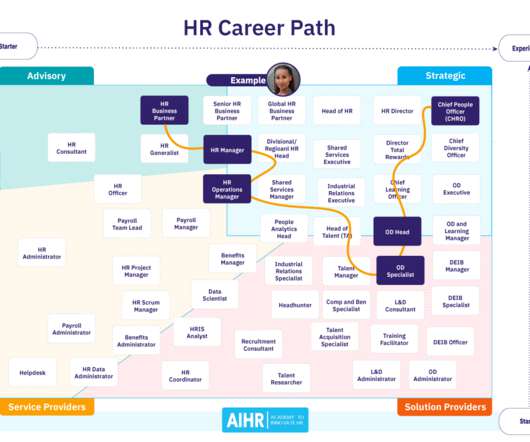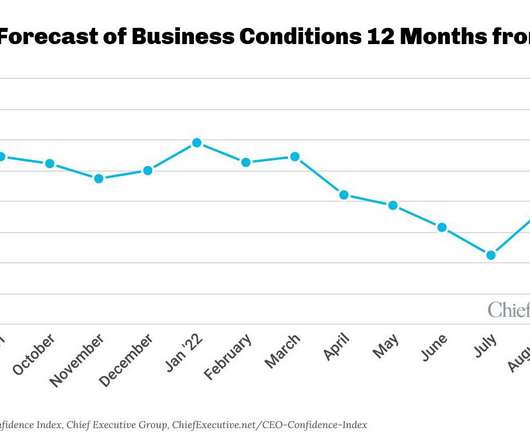9 HR Steps to Create an Impactful Employee Development Plan
AIHR
OCTOBER 11, 2022
Employees that participate in training and development can double profitability for the business, increase sales and lead to happier customers. Unsurprisingly, finding time to motivate their team to take upskilling opportunities is challenging, especially if their core focus is hitting ROI-related goals like productivity or sales.



















Let's personalize your content